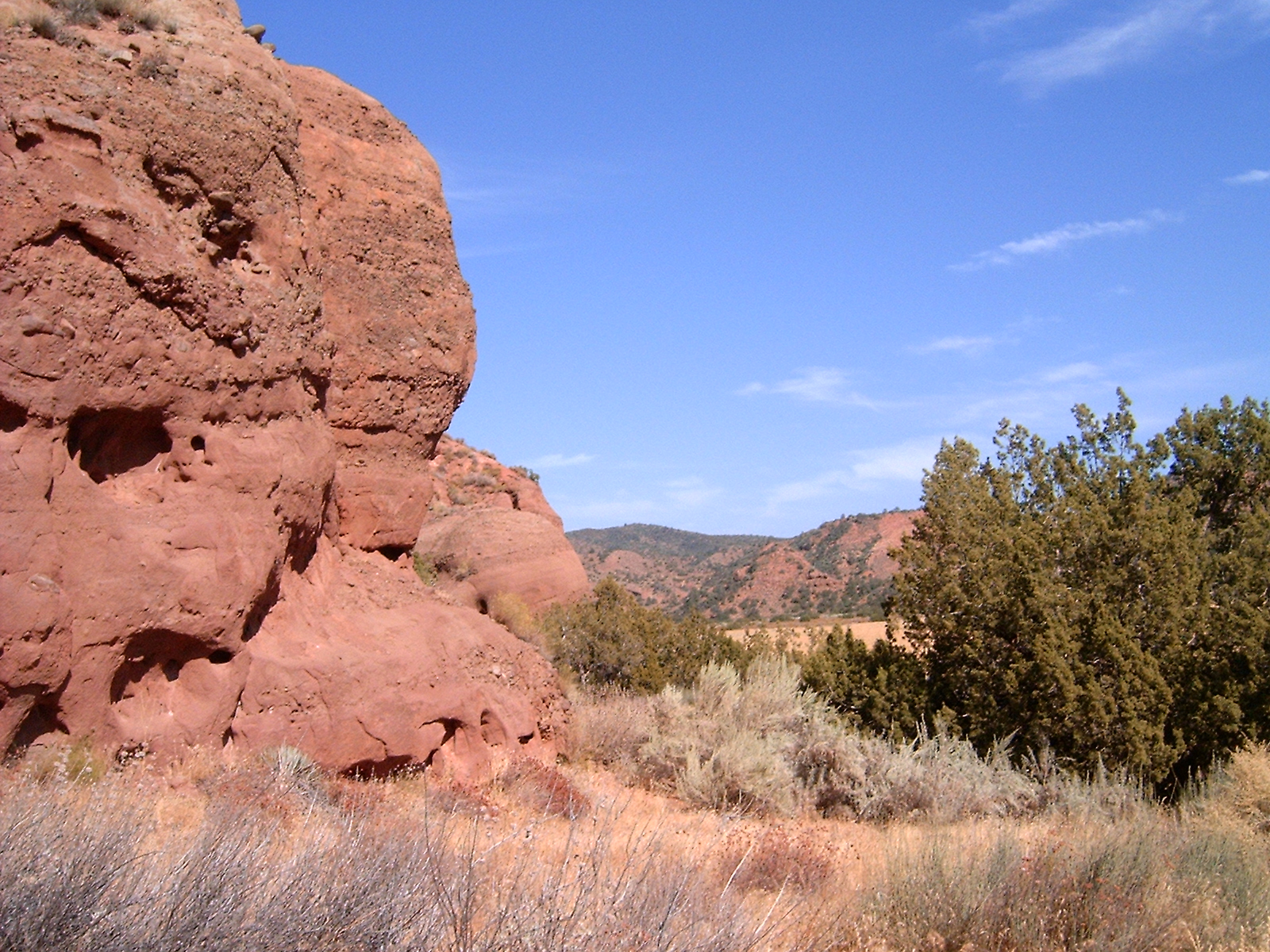Today, Los Padres ForestWatch — along with the Center for Biological Diversity and Defenders of Wildlife — filed a notice of intent to sue the U.S. Forest Service, U.S. Fish and Wildlife Service, NOAA Fisheries, and other federal agencies over invalid and outdated approvals on a 2005 U.S. Forest Service plan that allowed expanded oil and gas development throughout the Los Padres National Forest. The challenge aims to halt new leasing or drilling approvals pending compliance with the Endangered Species Act.
Simultaneously, the groups also submitted a letter to the U.S. Forest Service this week asking the agency to update its 11-year-old plan with new information, including a thorough analysis of the environmental and health risks posed by fracking. Much of the drilling plan is based on outdated information from the 1990s that underestimates the threats posed by oil drilling and fracking in remote areas.
Expanded oil and gas operations — including fracking — would further industrialize public lands, cause climate pollution, harm endangered species like steelhead and California condor, and threaten to pollute water supplies amidst the state’s historic drought.

The red rocks of Santa Barbara Canyon are threatened by oil drilling expansion in the Los Padres National Forest backcountry.
“The Los Padres National Forest attracts millions of visitors each year to take in its scenic vistas, escape nearby city life and enjoy a wide range of recreational opportunities, including world-class fly fishing, hiking and wildlife viewing,” said Jeff Kuyper, executive director of Los Padres ForestWatch. “Unfortunately, the U.S. Forest Service’s plan would auction off these treasured landscapes to the highest bidder, placing them — and the clean water they provide to our wildlife and communities — at grave risk from oil development and fracking.”
Approvals to expand oil and gas drilling were granted under the 2005 Oil & Gas Leasing Analysis for the Los Padres National Forest and fail to account for an avalanche of new information relating to how regional drought, climate change, and more extreme fracking technology may damage endangered species and their habitats — such as by causing more wildfires and polluting precious surface and ground water supplies.
“We can’t allow fracking pollution to threaten California’s public lands and waters, even the 2005 decision relied on outdated data information to conclude that new oil drilling will not have any significant impacts, and now there is much more information showing the devastating effects of these activities,” said Ileene Anderson, biologist with the Center for Biological Diversity. “Oil and gas exploration and operations can have serious consequences for condors and other wildlife in the Los Padres National Forest, the Forest Service must fully consider the impacts to our waters and wildlife.”
The groups previously challenged the 2005 plan for failing to fully analyze impacts of oil and gas operations under the National Environmental Policy Act. Today the conservation groups notified the Forest Service of the need for supplemental environmental review.
“Wildlife and habitat across the country are already feeling the effects of climate change,” said Pamela Flick, California representative with Defenders of Wildlife. “It makes no sense to increase our climate emissions on public lands, further threatening endangered species, at a time when our state, nation and the world are joining together to curb carbon emissions – all for just a day’s supply of oil.”
Background
The Forest Service approved an expansion of oil and gas leasing activities on the Los Padres National Forest in a 2005 decision that opened more than 52,000 acres in Santa Barbara and Ventura counties to new drilling projects, including more than 4,200 acres that could be affected by new infrastructure. The plan would allow surface drilling adjacent to three wilderness areas and permit slant drilling beneath three creeks designated or proposed for protection under the Wild and Scenic Rivers Act, as well as calling for new surface drilling next to the Sespe Condor Sanctuary and the Hopper Mountain National Wildlife Refuge.
The areas made available for drilling and fracking in the 2005 plan include the following areas in Santa Barbara and Ventura counties:
- the front range of the Topa Topa Mountains between Ojai and Santa Paula
- lands in the lower Sespe, Hopper Mountain, and Lake Piru areas
- the northern foothills of the Sierra Madre Mountains in the Cuyama Valley
- the Cuyama Valley highlands, including Apache and Quatal canyons adjacent to the Chumash Wilderness

The Sierra Madre Mountains in the Upper Cuyama Valley are slated for oil drilling under the 2005 plan.
According to federal agency records, the additional oil drilling allowed under the plan would produce less than a day’s supply of oil for our country, at great cost to public lands and wildlife throughout our region. The groups filed an appeal of the 2005 plan, but the Forest Service denied the appeal. In April 2007, ForestWatch joined with CBD and Defenders in a lawsuit contesting that the new plan violates the National Environmental Policy Act and National Forest Management Act.
In response to the 2007 lawsuit, the Forest Service agreed to revise its analysis of the plan’s impacts on endangered species. The parties agreed to stay the lawsuit until the new analysis was completed. The project will negatively impact wildlife, including the extremely imperiled California condor and numerous other species that are protected under the Endangered Species Act.







Comments are closed.